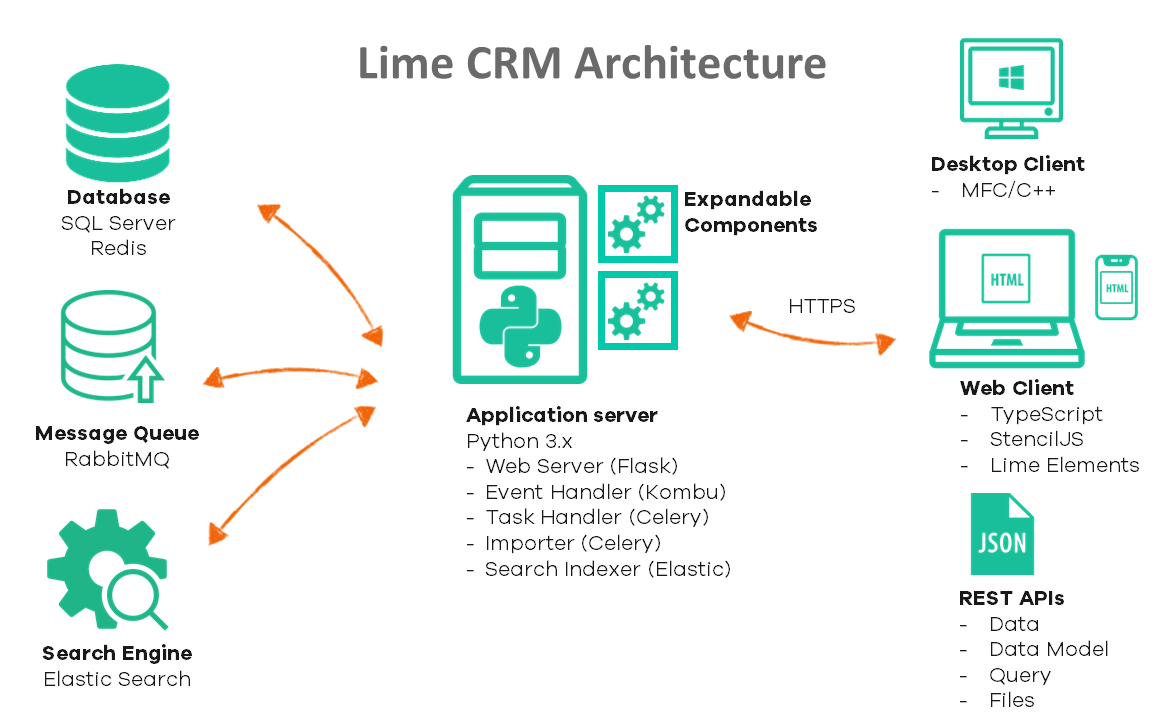When we in Engineering release a new version of Lime CRM we ship it without a data model, the database only contains what is necessary to bootstrap the application.
This is because we know that for our customers to get the most out of their CRM system, it is important that it is adapted to their particular company and processes. A CRM system must always be designed according to those who will use it. At Lime Engineering we took this to the extreme and made a CRM platform instead of a CRM product.
The data model (entities with fields and the relations between them) are designed by a consultant project manager in close cooperation with the customer. Our graphical tools makes this process very easy. If the data model is changed the system automatically generates database tables with appropriate indexes, elastic document configurations, REST endpoints, web user interfaces, security policies, subscribable web hook events and more. At runtime!
But the customization options does not end there, Lime CRM is designed from the ground up to be super flexible, extendable and with tooling that makes it easy and cost effective for our Lime consultants to tailor it for each customer’s needs.







